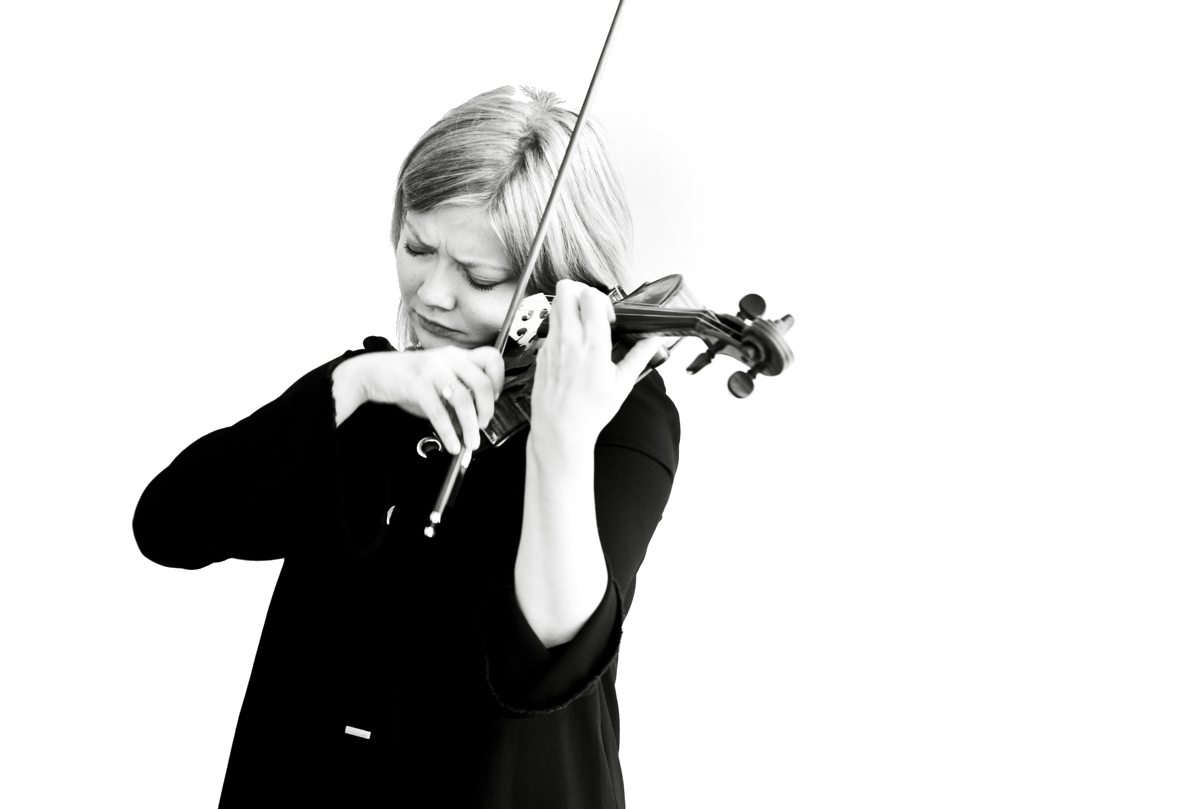Anselmo Bellosio, Venice, c. 1775
Violin making in the Serenissima Republica reached its heyday much later than it did in Cremona and it also came to a close later than almost any other classical violin making tradition of Northern Italy. Anselmo Bellosio was among the last of the great Venetian makers and worked from the 1750s until his death in 1793.
The Venetian school of the late-17th and early-18th centuries had set the standards high. The instruments of Goffriller and Montagana are known for their lavish materials and extraordinary varnish, and the last wave of Venetian makers from the late-18th century, including the Serafins, Deconet, Bellosio and Cerin, produced masterpieces in the long shadow of these giants.
This Bellosio violin from c. 1775 is Amatese in model and proportions but in its details it has a distinctly Venetian flair. The blacks of the purfling and the precision of the mitres, the clean, round turning of the edge and the careful fluting of the arch, the shape of the soundholes and the placement of their notches all hark loudly back to the violins and cellos of Montagnana, Pietro Guarneri and Santo Serafin. The varnish is gently craqueled and of a smokey reddish-brown colour – deeply pigmented but soft to the eye. The head of this violin can’t be anything but Venetian: a Stainer model, rendered with precision and grace.
Alina Ibragimova has performed on this Bellosio violin since 2005; she also uses a François Peccatte bow, which she found at Tarisio.
Commentary by Jason Price.
Alina Ibragimova, Wigmore Hall, 19 January 2019.
